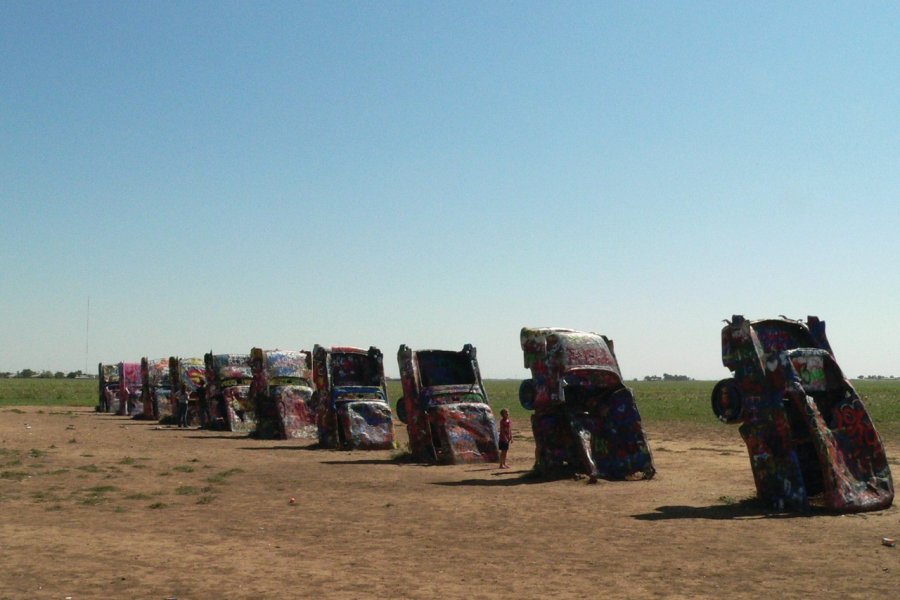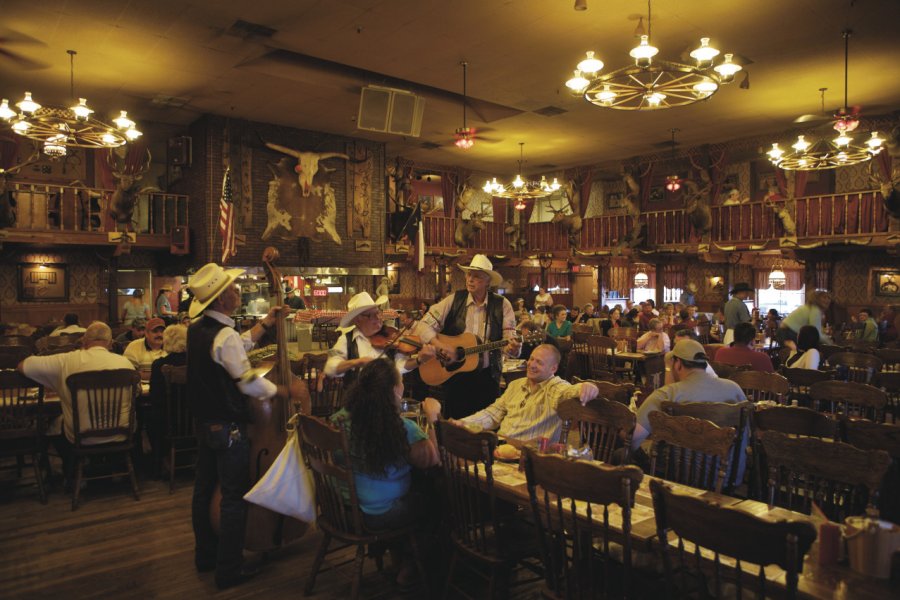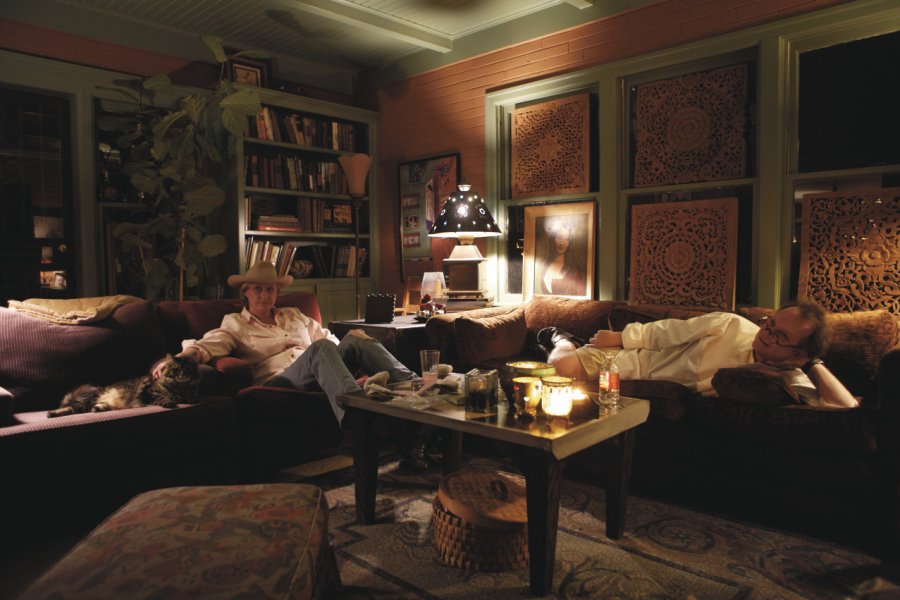Travel Guide Amarillo
Find an accommodation
Advertising
Amarillo, nicknamed the Star of the North, is home to 190,000 people (250,000 with its surroundings). It is the largest city in Upper Texas. A cowboy town established on old buffalo hunting lands, it embodies the tradition of the American West. Originally named Ragtown and soon Oneida, the town was founded in 1887 as a tent city for workers on the Fort Worth-Denver railroad. The following year, freight service was established by the railroad and turned the site into a cattle shipping center. In 1889, the village was moved east with much of its population, and took the name Amarillo ("yellow"), because of the color of the soil on the banks of Amarillo Creek, but also because of the many yellow flowers that grow here in the spring. Within a decade, ranchers and entrepreneurs made Amarillo one of the major centers of cattle activity in the United States. Shortly before 1920, the land was found to be rich in oil and gas. Later, in 1927, helium became the region's major resource. By the 1930s, Amarillo was the world's largest producer, earning the nickname "Helium Capital of the World. Also, at the intersection of the three train lines that cross it and the major roads that join it, such as routes 60, 66 and 87, the city could not help but grow. Unfortunately, the series of storms in the 1930s, the Dust Bowl and the Great Depression put a serious damper on its growth. During and after World War II, U.S. Army bases were built in the area and Amarillo became an important military center. The Pantex Plant even manufactured nuclear bombs during the years of tension with the Soviet Union. But in the end, it was the beef industry that pulled Amarillo up. The beginning of the 1970s was marked by the construction of agribusinesses.Even today, it is the cattle that keeps the "big city of the North" alive. Every Monday morning, breeders gather at the Western Stockyards for the Amarillo Livestock Auction, which rivals its Oklahoma City competitor for the title of the largest livestock market in the world.On 6th Avenue (Highway 279), the main street along Route 66, attention is focused east of Downtown in the 6th Street Historic District. For just under a mile, between Georgia Street and Forres Avenue, antique stores, bars and restaurants occupy a variety of old buildings; among them, the Nat (2705 South West 6th Avenue) has a very special history.Beyond a visit to the 6th Street Historic District, you can't pass through Amarillo without visiting the Big Texan Steak Ranch, shopping at Boot's 'n Jeans, or visiting the Cadillac Ranch on the west side of town.Some of our recommendations: just before the Cadillac Ranch, check out the beautiful Cadillacs on display in front of the Cadillac RV Park (Exit 62A off I-40 at Frontage Road and Hope Road); take advantage of the Kwahadi Kiva Indian Museum to learn more about Native American peoples; and if you're here on a Monday, check out one of the weekly Stockyards auctions (Amarillo Livestock Auction -100 South Manhattan Street).
What to visit Amarillo?
Advertising
Weather at the moment
Advertising
Organize your trip with our partners Amarillo
Transportation
Book your plane tickets
Car Rental
Boat rental
Accommodation & stays
Find a hotel
Holiday rental
Find your campsite
Tailor-made trip
Immersion travel
Services / On site
Activities & visits
Find a doctor
















